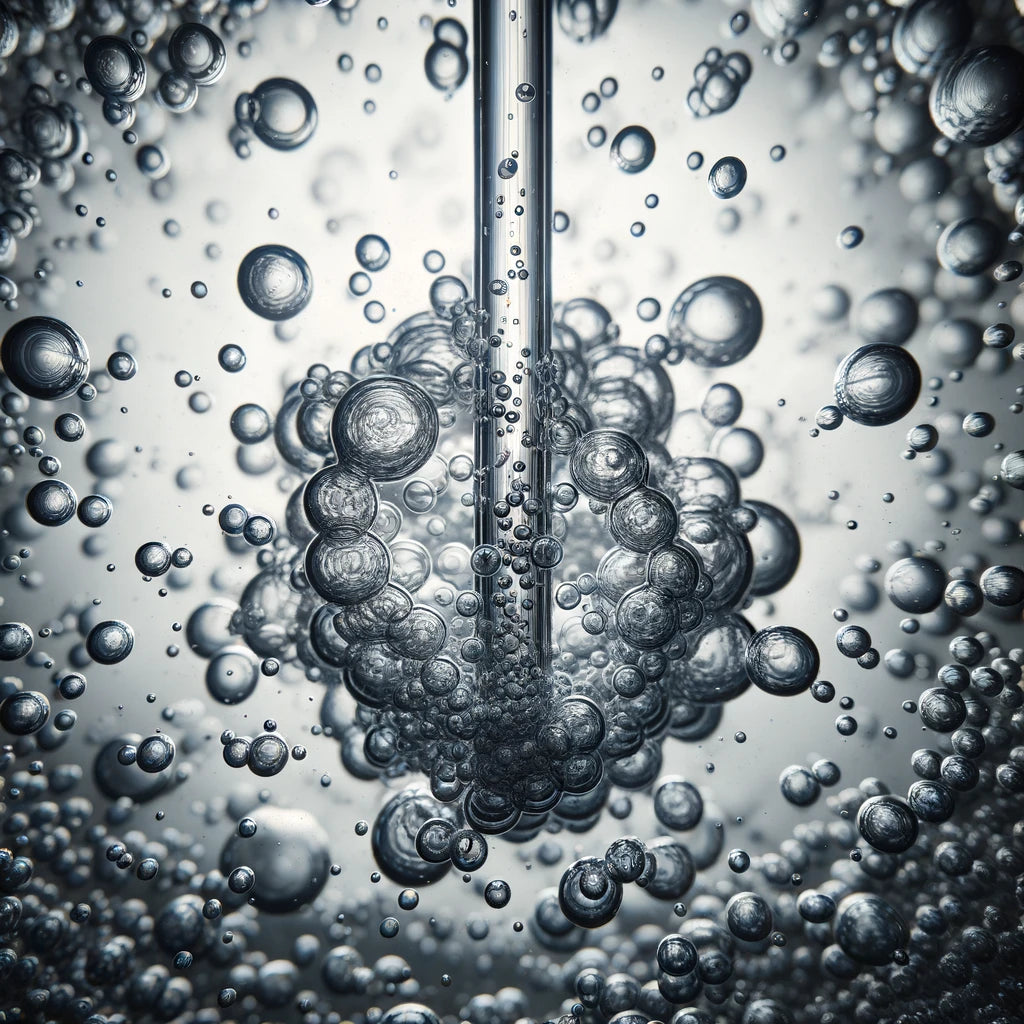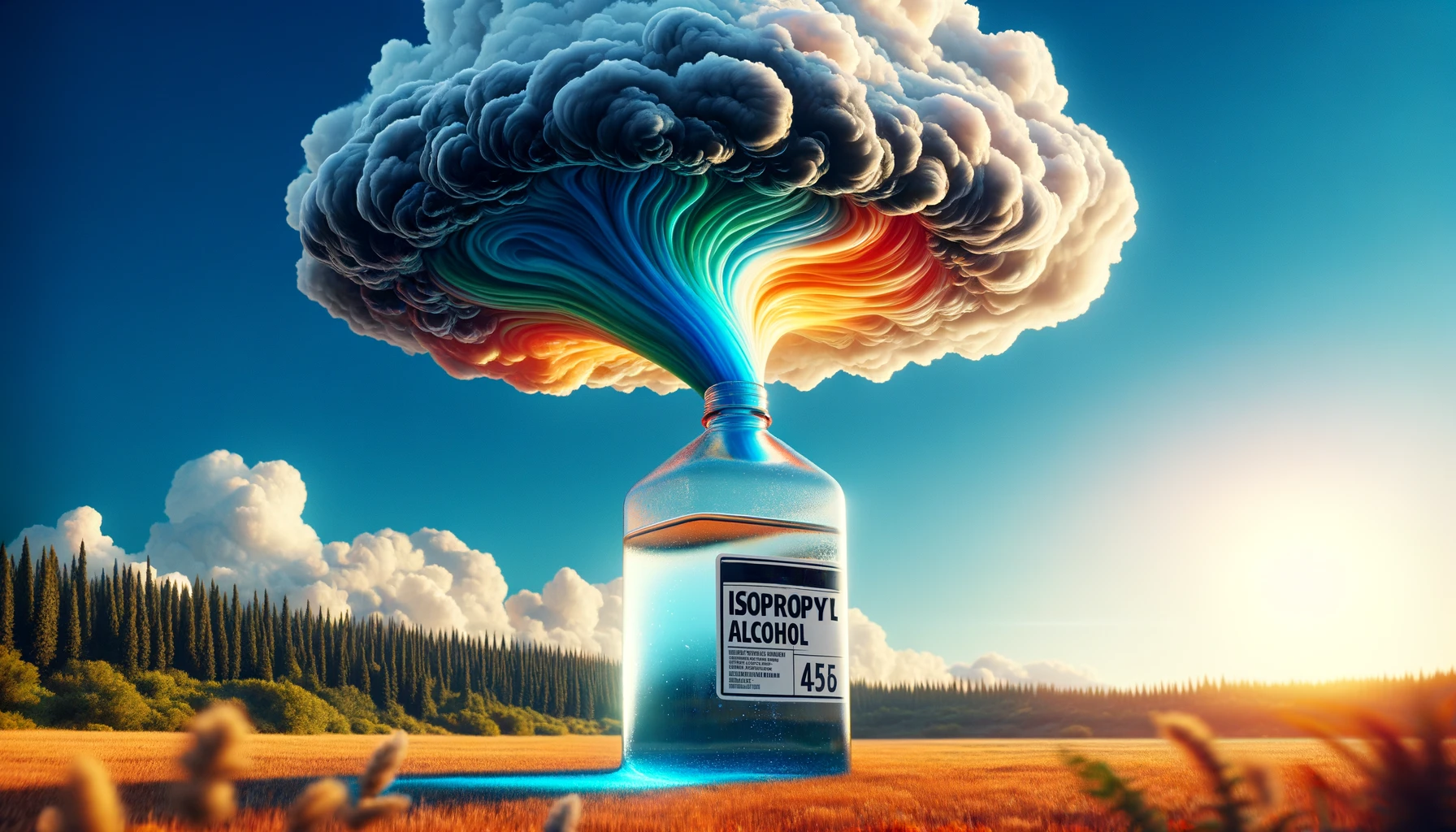
What's In The Sizzle: Cleaning Assistant or Potential Detriment?
When you dunk your quartz into the alcohol and you hear it sizzle? Have you ever thought about what it takes to make that sound? Today, let's learn something new. Are you ready? Let's dive right in.
Bubble Induced Water Hammer
In our previous discussion, we explored the phenomenon of cavitation and its potential to damage quartz in IPA tanks. In that previous discussion we correctly identified the potential risks and how to avoid them however we incorrectly labeled the bubble induced water hammer as large form of cavitation. While micro cavitation still occurs as documented below, the largest threat is that posed by the bubble induced water hammer.
Micro Cavitation
So, what exactly occurs when hot quartz is immersed in an IPA tank, producing that characteristic sizzle? Initially, one might assume it was merely the sound of microbubbles bursting. You might be surprised to learn that many of these bubbles aren't bursting at all but imploding, collapsing in on themselves. These micro cavitation implosions, happening by the thousands, are typically benign and work similarly to an ultrasonic cleaner. The collapse of each microbubble releases a miniature shockwave and jet stream, effective at dislodging and dissolving the oil. The sizzle is not just a sound; it's a powerful cleaning force, although it comes with a slight risk of damage. This is because if an implosion occurs too close to the surface, it can lead to micro damage that can develop into a crack over time, potentially resulting in failure later on. In terms of risk, micro cavitation is comparable to cleaning your glass in an ultrasonic bath.
Cloud Cavitation Collapse
Cloud cavitation collapse also occurs inside the Control Tower upon submersion. This causes both a rise in vapor pressure and high intensity pressure waves within the system. We are not fully aware of the all the implications of cloud cavitation collapse yet as we are still learning, however, submerging the item vertically allows this potentially problematic pressure to exhaust the system.
How To Avoid Cavitation
To avoid cavitation in the IPA tank, it is best to submerge your item below alcohols boiling point of 180°F. If the item is not hot enough to cause boiling, it is not hot enough to cause cavitation. The downside to dunking at this temperature is you lose the cleaning benefits the imploding bubbles may have provided.
How To Avoid Bubble Induced Water Hammer
If you are going to dunk above 180°F the best thing you can do to ensure the life of your product is to submerge the item upright and vertical with the opening above the alcohols surface so that the pressure may exhaust the system and not get trapped within it. This will at the very least protect you from the much more destructive force of water hammer.


